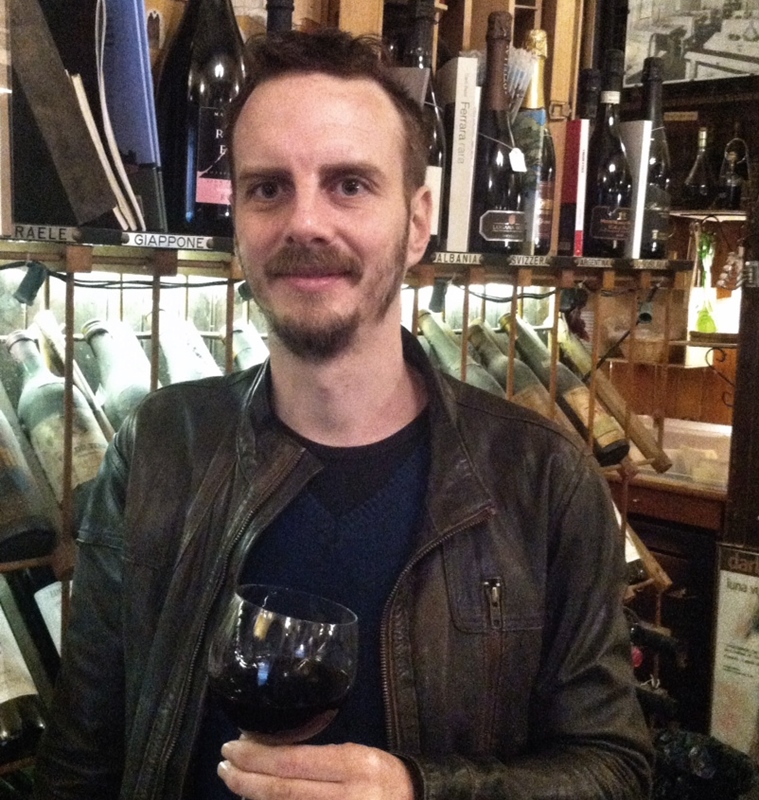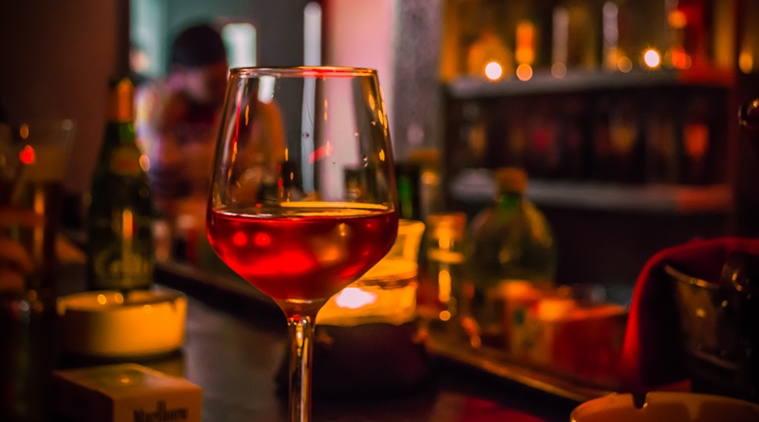Wine was flavoured with spices and honey in the Middle Ages. Photograph by Mohamed Aymen Bataeib/ Flickr
Imagine waking up to breakfast with your favourite wine to go with it. Up until the last century, beginning your day with a drink was the norm. Wine consultant with The Italian Consulate of Mumbai, Luca Bernardini, tells us that not only has the amount of wine and beer consumed changed over the years, but how it is drunk has also dramatically evolved. Did you ever imagine diluting your wine with water? That’s exactly how the Greeks and Romans drank it since drinking pure wine was considered to be barbaric. And while Greeks used to drink only at the end of their banquets when the food was finished, Romans drank wine before, during and after the main meal (which was dinner). Bernardini, who has been conducting wine tasting workshops in Mumbai, gave us some more facts to mull over our next glass of wine (or mug of beer).
Quota system
Monks in the Middle Ages were allowed to drink up to 8 pints of beer per day.
Wine and beer for breakfast
Till last century wine and beer were consumed more than water. This is because it was very difficult to find uncontaminated water. The alcohol in wine and beer has an antiseptic property that made those drinks safer than water. So people were used to drinking wine and beer during all meal times from breakfast to dinner.
Wine was generally flavoured with spices and honey, which was the only sweetener known during the 1st century AD.The recipe of flavoured wine from Apicius, the most famous Roman chef: honey, saffron, cinnamon, pepper.
Free women in Greece were strictly forbidden to drink wine and they were not allowed to participate in banquets, Roman women could drink wine and take part in banquets.
 Wine consultant Luca Bernardini
Wine consultant Luca BernardiniBeer and ale
Nowadays, we use the words beer and ale synonymously. But it was not always like that. In the Middle Ages, ale was an ancient beer, produced without hops. In the XII century a nun, the Blessed Hildegard von Bingen, abbess, brewster, botanist, and mystic, who first noted that hops had preservative qualities when added to ale. Hops also imparted a bitter flavour, which many found agreeable, and the practice of hopping ale spread from religious breweries to secular ones. At that time the longevity of ale was only 2 weeks, while beer could be conserved for over a year.
Coinage
Persians invented the word alcohol. Al Razi (865-925 AD), a Persian polymath who specialised in medicine, described the process of distilling in his book Al Asrar (“The Secret”), and the isolation of a substance he called “al-koh’l of wine,” which translates literally as “mascara of wine”—koh’l was the powdered antimony Arab women used to blacken their eyelids. It was also slang for substances isolated by distillation, and it is in this sense—as the chemical soul of strong drinks—that it passed into use outside the Arabic-speaking world.
Why the standard bottle of wine is 750ml
The origin of the standard wine bottle comes from the 19th century, when the British Empire was the biggest importer of wine. In Britain, the volume is measured in imperial gallons. Each gallon was 4.5 litres. Each case of wine was 2 gallons, divided in 12 bottles of 0.75 litres (750ml).
The biggest wine drinker
The country with the highest consumption of wine per capita is the Vatican. Of course, there are two reasons why it gets this distinction. One, it is a tiny, tiny country, and two, the huge amount of wine is used for the celebration of the Eucharist sacrament or the Holy Communion, held during Easter.










